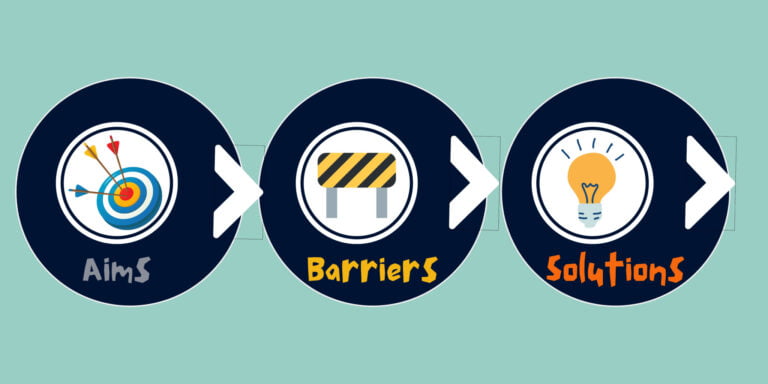- How diverse are your board of trustees and senior leadership team (SLT)?
- Do they reflect the make-up of society and the communities you serve?
- Are they representative of your stakeholders, from your staff and investors, through to your customers, consumers and service-users?
- If not, why not; and more importantly, what are you doing about it?
We know that many organisations realise the value that diverse and inclusive workforces bring (see our D&I business-case blog) and many companies are doing brilliant, innovative work in this area. However to what extent does this extend upwards SLTs and board level members?
Whether you work in the corporate or charity sector, having board members and trustees that come from a range of backgrounds, with different experiences and skillsets is vital for the success and longevity of your organisation.
Diversity of perspectives ensures informed debate, innovative approaches to problem-solving and as the Charity Governance Code states, ‘more balanced decision making.’
Sitting on a board is a serious responsibility, not least in the time we find ourselves in. Responsible for the long-term prosperity of an organisation, board members strategise to fulfil their organisations’ mission statements and ensure companies are being effectively run. The pandemic has been extremely challenging for businesses and navigating the path forwards will require great leadership. Board diversity is key for this.
Here’s the problem though . . .
The status quo and make-up of most boards is that of the older, white male. Let me be clear – that doesn’t mean these board members don’t add tremendous value; that they aren’t extremely well-intentioned, incredibly skilled and experienced. However without diversity of perspective to inform decision-making, and with many biases being unconscious, having just one type / group of people in charge, can result in exclusive practices and lost opportunities for enhanced business growth.
So what’s the solution . . .
We need to encourage applications from and facilitate more women, ethnic minorities, people from socially diverse backgrounds, people with disabilities, LGBTQ+ people, and other minority and marginalised groups onto our boards and into senior leadership positions.
Take young people for example. ‘Less than 3% of charity trustees are under 30.’ The Young Trustees Movement are an organisation which ‘exist to double the number of trustees aged 30 and under on charity boards by 2024,’ because they recognise that, ‘intergenerational perspectives enable better decision making.’
Young people make great board members because they’re fresh out of education and have up-to-date sector knowledge. They’ve learnt the latest innovative approaches, have an insight into what consumers of their age want and an eagerness and enthusiasm to learn and contribute.
Consider as well the gender, ethnicity, disability, LGBTQ+ pay gaps we have . . .
Is it any wonder these exist, when we don’t have a balance of different types of people in leadership positions? Representation is how we utilise the collective expertise we all have to offer, make fairer practises, unlock hidden markets and drive business growth.
If you’d like to learn more about inclusive leadership and inclusive recruitment, check out the work we offer at Enact Solutions. We can tailor our training programmes to focus on diverse and inclusive Senior Leadership Teams and / or Boards. Drop us a line at 01484 310234 or info@enactsolutions.com and let’s talk about your needs.
Jemma Houghton
Jemma is one of our associates at Enact Solutions. For more specialised reading on this topic, check out her blog post, ‘Tackling underrepresentation of women at board & senior leadership level‘.

Neuroinclusion in the Workplace
If you want to make a real difference in your place of work, implementing neuro-inclusive practices and working conditions can make a significant impact. Most of our workplaces are built on neurotypical



